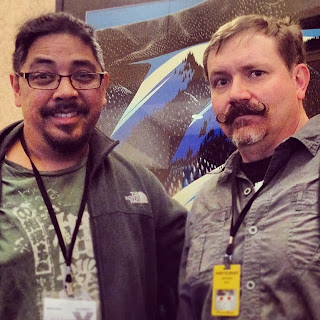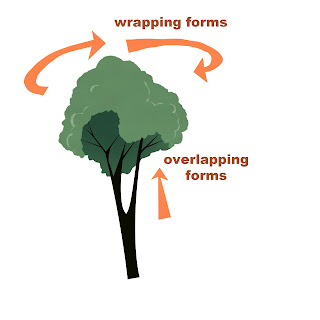In 1966 M.G.M. released what would become a Christmas classic, "How The Grinch Stole Christmas." The TV special was directed by Chuck Jones, based on the book of the same name by Dr. Seuss (Ted Geisel.) Maurice art directed the short, taking inspiration from Seuss's book illustrations, adding to them his own Noble twist.
Above: Maurice rough location design pencils (left), with marker color studies for "The Grinch."
Above: Maurice "Grinch" story and concept sketches.
Maurice's duties went far beyond simply designing the films he worked on. Early in the film making process he would often give numerous staging, story, and gag ideas. Most of these ideas didn't make it into the final film, but many did, and the influence he had on the staging and feel of "The Grinch" is undeniable. The back and forth story process that Maurice and Chuck Jones used is described on Pg. 56 of "The Noble Approach."
"The Grinch" was one of Maurice's favorite films from the period. But for many years Ted Geisel never expressed how he felt about the film. In 1991, during Geisel's memorial service, Geisel's doctor relayed the following message to Maurice: "Ted wanted mee to tell you how much he loved Grinch, especially your work on it." Amused, Maurice later told me, "This was typical of Ted, always getting in the last word."



















































